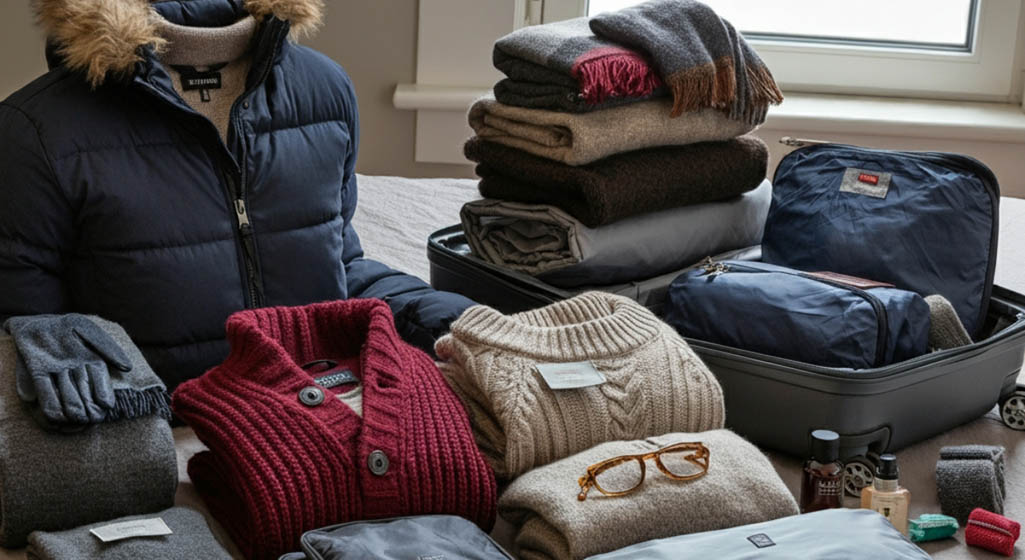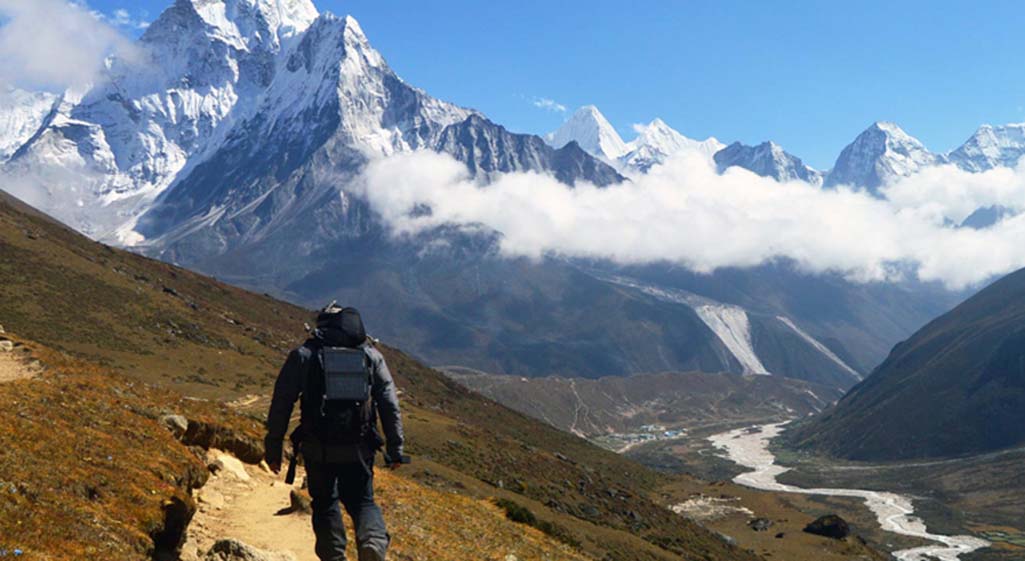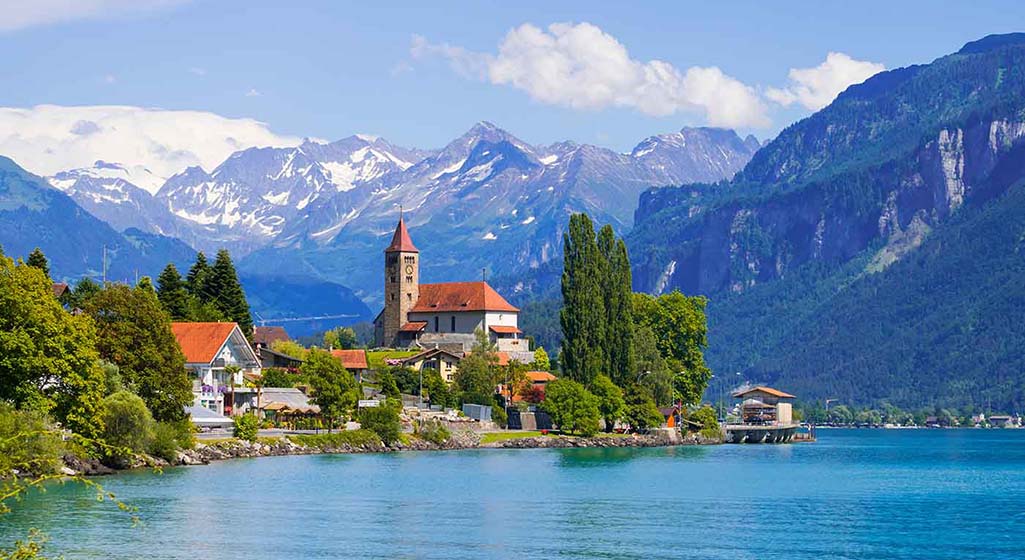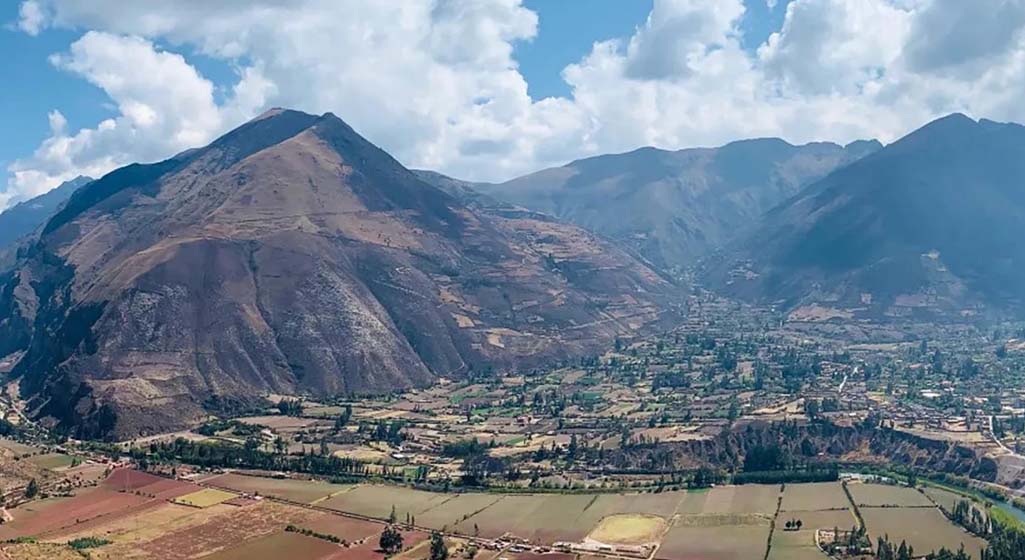Every winter, destinations like Iceland draw countless travelers eager to experience natural wonders such as the Northern Lights, glaciers, and hot springs. However, dealing with the cold climate and unpredictable weather can present challenges. I’m going to share some practical winter travel tips that will help you navigate the chilly conditions in Iceland and other cold destinations, ensuring that you enjoy your travels safely and comfortably.
1. Dress Warmly: Stay Cozy in the Cold
Iceland’s winter temperatures can be quite low, especially when the wind picks up. To ensure comfort while exploring, it’s essential to pack warm, high-quality clothing. Here are some key items I recommend for staying warm:
Down Jacket
A down jacket is a must-have for winter travel, providing excellent insulation to keep you warm in freezing temperatures. Look for a high-quality down jacket, as it can provide both warmth and comfort while also being light enough for easy movement.
Windproof Jacket
Iceland’s weather is notoriously windy, particularly near the coastline and in mountainous areas. A windproof jacket is essential for blocking out the cold wind, ensuring you stay comfortable. It will protect your body from the chilling gusts and make a huge difference during outdoor adventures.
Wool Sweaters
Wool sweaters, including woolen base layers, are ideal for winter wear. Wool offers excellent warmth and breathability, and it’s a great option because it keeps you warm even if it gets wet. Whether it’s a woolen undershirt or a thick sweater, layering with wool helps keep you dry and cozy during long hours outdoors.
Scarves, Gloves, and Warm Shoes
Scarves and gloves are key accessories in winter, protecting your neck and hands from the cold. I recommend thick woolen scarves and gloves designed to trap warmth while allowing flexibility. For shoes, opt for waterproof and insulated boots with non-slip soles to ensure comfort while walking on icy surfaces.
Layering Tips
In Iceland, layering your clothing is crucial for staying warm. Wear a moisture-wicking base layer, such as wool, followed by an insulating middle layer (like a fleece jacket or sweater), and then top it off with a windproof and waterproof outer layer. This way, you can easily adjust based on the weather conditions and your activity levels.
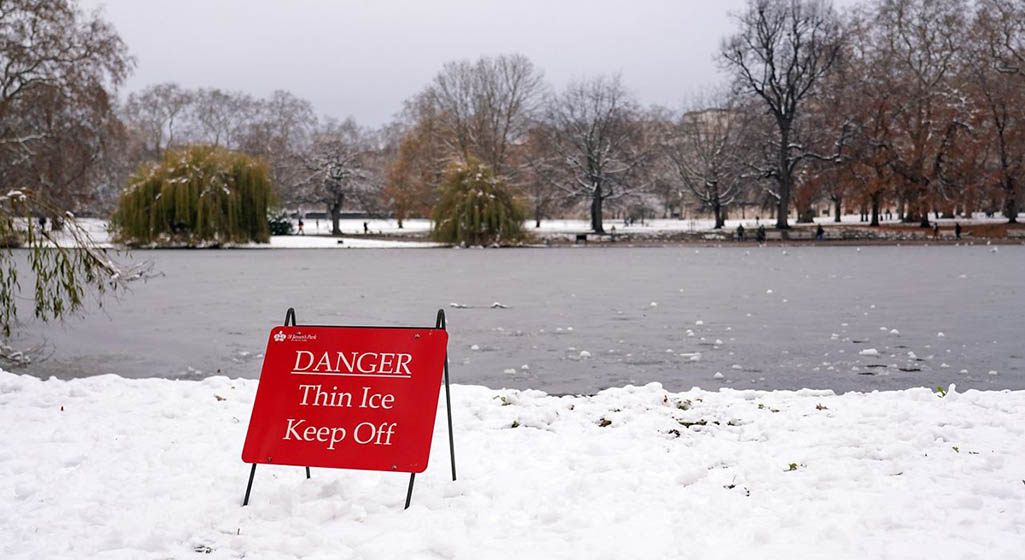
2. Travel Safety: Ensuring a Smooth Winter Journey
While Iceland’s natural wonders are mesmerizing, the winter weather can present its own set of challenges. To make sure your trip is both safe and enjoyable, keep these safety tips in mind:
Be Careful on Snow and Ice
In winter, Iceland’s roads can become slippery due to snow and ice. This not only affects driving conditions but also makes walking hazardous. If you plan to rent a car, ensure it is equipped with winter tires, and always check the weather forecast and road conditions before heading out. If you’re not comfortable with icy road conditions, it’s safer to rely on local transport or join a guided tour.
Opt for Local Transportation
If you don’t plan on driving, Iceland has a reliable bus system that covers most major tourist routes. Buses are a safe and convenient way to get around during the winter months. Plus, they offer a comfortable option for seeing the sights without worrying about road conditions.
Join Guided Tours
For activities such as glacier hiking, ice cave exploration, or Northern Lights viewing, I recommend joining a guided tour. Not only will a local guide ensure you’re safe in these potentially hazardous conditions, but they can also enhance your experience with insights about Iceland’s landscapes, culture, and history. Plus, guided tours are often equipped with the necessary gear, ensuring you’re fully prepared.
3. Lighting and Northern Lights: Must-Have Gear for Winter
Due to the long nights and short days of winter in Iceland, it’s crucial to be prepared with proper lighting and to plan your Northern Lights viewing for optimal conditions.
Carry a Headlamp or Flashlight
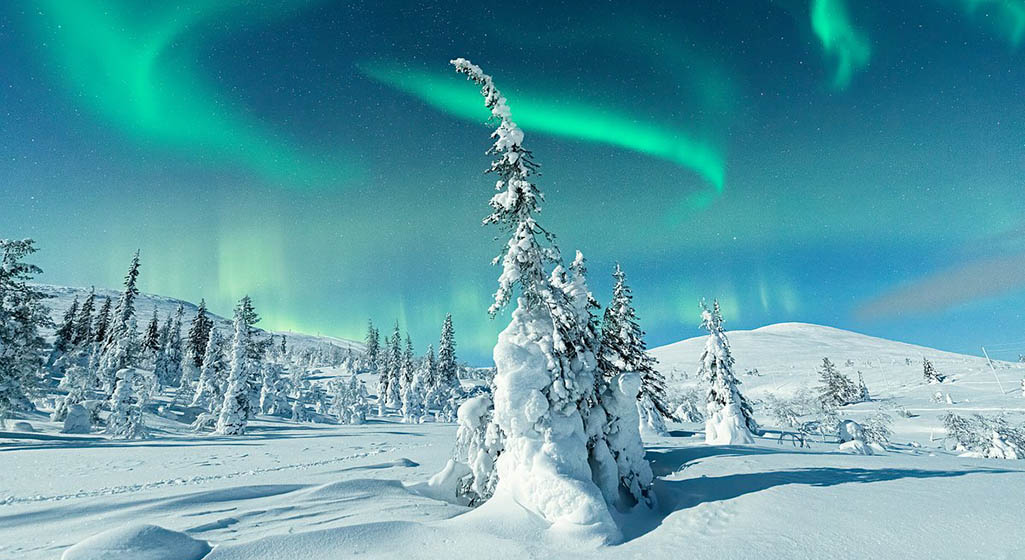
Iceland’s winter days are quite short, and if you plan to do activities such as hiking or exploring in the dark, a headlamp or flashlight is essential. These tools are invaluable for keeping your hands free while ensuring you can see clearly in dim light, especially if you’re out late or early in the day.
The Best Time to See the Northern Lights
The Northern Lights are one of Iceland’s most iconic winter experiences. The best time to view the Aurora Borealis is from September to April, with the peak season being from January to March. During this time, the nights are longest, and the skies tend to be the clearest, offering the perfect conditions for a spectacular display. Make sure to check the Northern Lights forecast, which can help you determine the best time to venture out for achance to witness the lights in all their glory.
Tips for Northern Lights Viewing
Bring a Camera: If you want to capture the Northern Lights on film, be sure to bring a good camera with manual settings and a tripod. Use long-exposure settings to capture the best images of this stunning natural phenomenon.
Check the Northern Lights Forecast: Before heading out, consult a forecast to check the solar activity levels. Websites and apps dedicated to Northern Lights forecasts can provide real-time information on the likelihood of seeing the Aurora.
Dress Warmly: Waiting for the Northern Lights means you’ll likely be outdoors in freezing temperatures for extended periods. Make sure to wear multiple layers of clothing to stay warm and comfortable.
Iceland’s winter is undoubtedly magical, with stunning natural landscapes and unique experiences like glacier hikes, hot springs, and of course, the Northern Lights. But it’s also important to be well-prepared for the cold and the challenges that winter weather can bring. By dressing appropriately, prioritizing safety, and ensuring you’re ready for the winter nights, you’ll be able to make the most of your trip.
